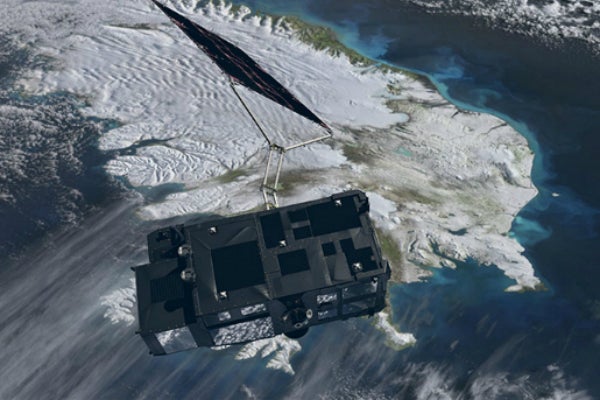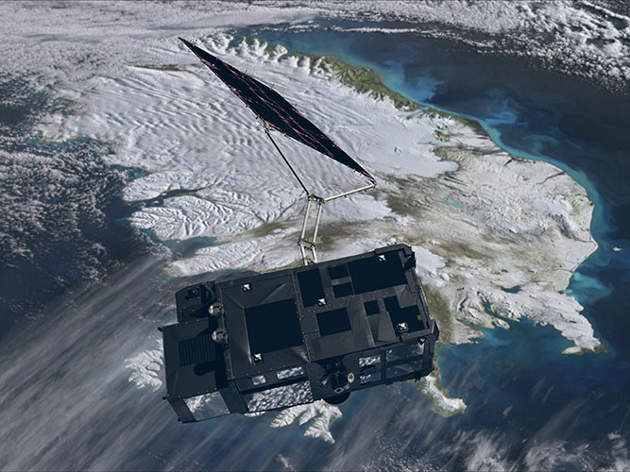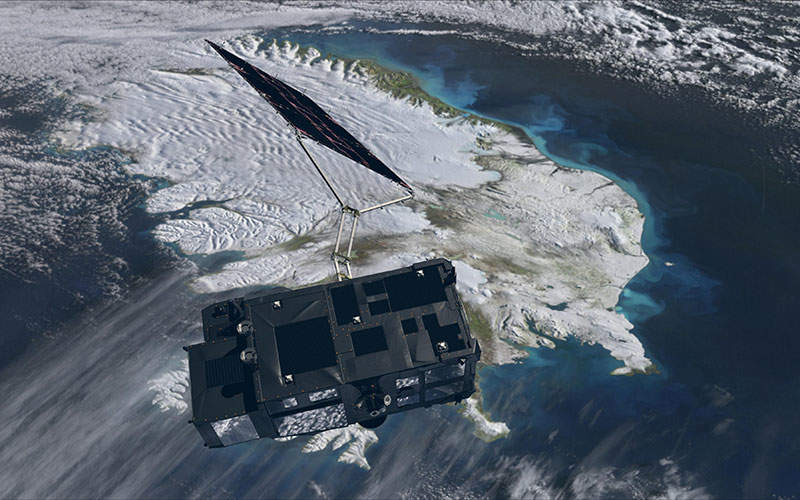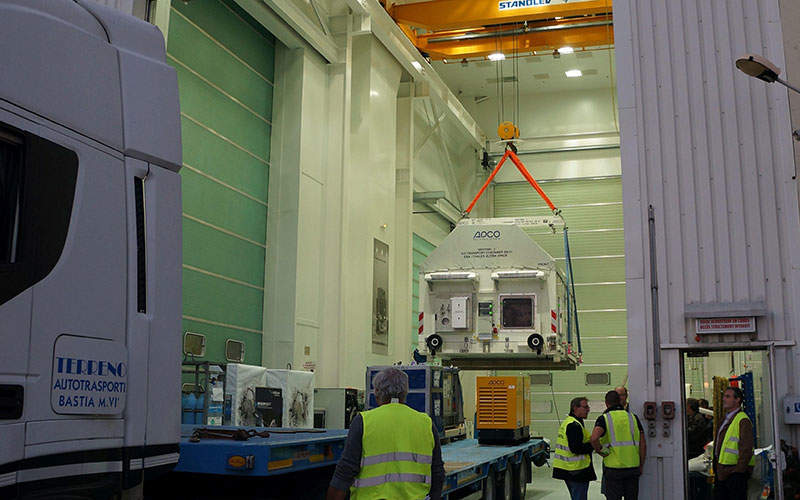
The third satellite in Europe’s environmental monitoring Copernicus programme, the Sentinel-3A was launched aboard the Rockot launch vehicle from the Plesetsk Cosmodrome in Russia in February 2016.
The objective of Copernicus (formerly known as the Global Monitoring for Environment and Security) is to establish European capacity for Earth observation. The programme is jointly funded by the European Commission (EC) and the European Space Agency (ESA).
The Sentinel-3A was placed in a low Earth sun synchronous orbit of an 817.5km altitude. It measures and determines sea-surface topography, surface temperatures of sea and land, as well as surface colours of ocean and land.
This is the first satellite in the Sentinel-3 satellite constellation. The second satellite in the series, Sentinel-3B will be launched in 2018, while the third and fourth satellites Sentinel-3C and Sentinel-3D are scheduled to be launched in 2021. Eumetsat is responsible for the marine operations of the Sentinel-3 satellites, while ESA is responsible for the land operations.
Design and development of Sentinel -3A
The Sentinel-3A design, development, integration and testing contract was awarded to Thales Alenia Space in April 2008. The satellite was designed and manufactured at Thales Alenia Space cleanroom in Cannes, France.
The spacecraft is 3.7m x 2.2m x 2.2m in size, and has a launch mass of 1,250kg. Its satellite was transported to the Plesetsk Cosmodrome launch site in Russia in November 2015 for pre-launch operations. It was integrated to the rocket at the cleanroom in Plesetsk in preparation of the launch.
Sentinel-3A mission details
Sentinel-3A monitors ocean, ice and land conditions, while combining a global multi-spectral optical mission. It provides optical and altimetry data of the ENVISAT mission, as well as vegetation data of the SPOT mission.
The satellite measures ocean features such as changes in water temperature and surface height for ocean forecasting and maritime safety.
The satellite also monitors seawater quality and pollution, as well as helps in mapping the topography and extent of ice, and monitors the height of lake and river water. It provides additional information on vegetation, fire identification and atmospheric products.
The satellite over land is used for detecting fires and mapping.
Onboard instruments on Sentinel-3A satellite
The Sentinel-3A satellite carries a variety of instruments to measure variables such as sea-surface topography, sea and land-surface temperature and ocean colour. The payloads include ocean and land colour instrument (OLCI), sea and land surface temperature radiometer (SLSTR), synthetic aperture radar altimeter (SRAL), microwave radiometer (MWR), laser retroreflector (LRR), global navigation satellite system (GNSS) and doppler orbitography and radio positioning integrated by satellite (DORIS).
The SLSTR is used to determine global sea-surface temperatures, while the OLCI incorporates five cameras to provide a wide field of view. The SRAL, DORIS, MWR and LRR instruments are used for topographic measurements of the ocean and in-land water. GNSS provides precise orbit determination and can track multiple satellites simultaneously. The DORIS is used as a receiver for orbit positioning.
Sentinel-3A launch vehicle
Eutelsat-9B is a communication satellite being manufactured by Airbus Defence and Space, and will be operated by Eutelsat Communications.
Sentinel-3A was lifted-off on a Rockot launch vehicle supplied and operated by Eurockot Launch Services. Eurockot was contracted to provide launch services for the satellite in February 2012.
The rocket has Breeze-KM for upper stage and can be re-ignitable and highly manoeuvrable. It can allow spacecraft to be placed accurately into the required positions.
Ground control station
The ground segment of the Sentinel-3A includes the GSC core ground segment, the GSC collaborative ground segment and the GMES contributing mission ground segment. The Sentinel core ground segment and the data access coordinated systems are managed by ESA.






